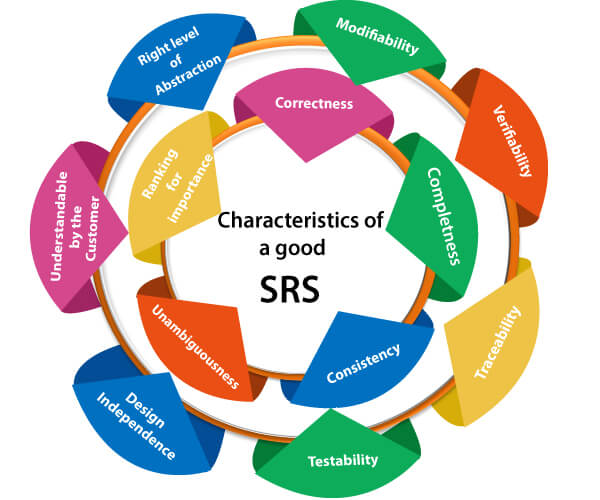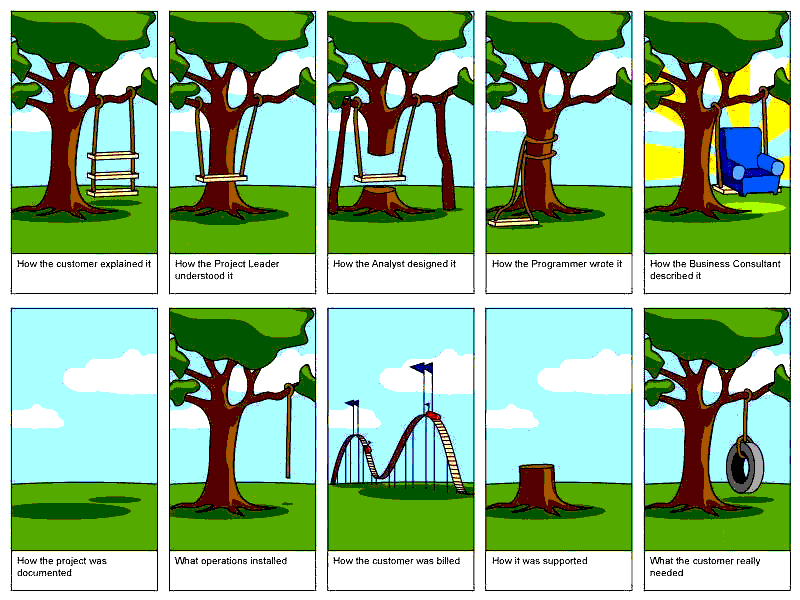
The increasing importance of software-intensive systems in industrial projects as well as the need to bring more innovative, more individual, and more comprehensive systems to market and the need to do so quicker, better, and with a higher level of quality calls for efficient requirements engineering. Complete requirements free from defects are the basis for successful system development. Potential risks have to be identified during requirements engineering and must be reduced as early as possible to allow for successful project progress. Faults and gaps in requirement documents must be discovered early on to avoid tedious change processes. This course will focus on common practices to provide resources for requirements engineering. In addition, there course will assist students to understand the role of the requirements engineer and comprises a series of demanding activities.
Why perform requirements engineering?
According to the figures reported in the Standish Group’s Chaos Report of 2006, much has improved in the execution of software projects in the twelve years between 1994 and 2006. While about 30 percent of the software projects investigated in 1994 failed, it was a mere 20 percent in 2006. The number of projects that exceeded time or budget constraints significantly and/or did not meet customer satisfaction dropped from 53 percent to 46 percent [Chaos 2006]. Jim Johnson, chairperson of the Standish Group, names three reasons for the positive development of the figures since 1994. One is that the communication of requirements has much improved since ten years ago. These figures are of importance since how the requirements of a system are handled is a significant cause for project failures and/or time and budget overruns.
The significance of good requirements engineering
The increasing importance of software-intensive systems in industrial projects as well as the need to bring more innovative, more individual, and more comprehensive systems to market and the need to do so quicker, better, and with a higher level of quality calls for efficient requirements engineering. Complete requirements free from defects are the basis for successful system development. Potential risks have to be identified during requirements engineering and must be reduced as early as possible to allow for successful project progress. Faults and gaps in requirement documents must be discovered early on to avoid tedious change processes.
- Teacher: Tapushe Rabaya Toma

